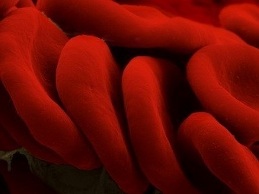Blood works understanding normal
 Published: 7 May 2024
Published: 7 May 2024
Blood Lipid Panel
Understanding Your Blood Lipid Panel Results
Your blood lipid panel consists of tests that measure the levels of various fats and cholesterol in your blood. These tests are used to assess your risk of heart problems.
Types of Lipid Panel Tests
* Total Cholesterol Test: Measures the total amount of cholesterol in your blood, including both LDL and HDL cholesterol.
* LDL (Low-Density Lipoprotein) Cholesterol Test: Measures the level of "bad" cholesterol that can contribute to clogged arteries.
* HDL (High-Density Lipoprotein) Cholesterol Test: Measures the level of "good" cholesterol that protects against heart disease.
* Total Cholesterol to HDL Ratio Test: Divides your total cholesterol by your HDL cholesterol to estimate your risk of heart disease.
* Triglycerides Test: Measures the level of fats in your blood that can increase your risk of heart disease.
Interpreting Your Results
* Low LDL Cholesterol: May increase your risk of heart problems.
* High LDL Cholesterol: Increases your risk of developing clogged arteries and heart disease.
* High HDL Cholesterol: Protects against heart disease.
* High Total Cholesterol to HDL Ratio: Indicates a potential risk for heart disease.
* High Triglycerides: Increases your risk of heart disease.
Reporting Your Results
Your lipid panel results will typically be listed in a column labelled "Test Name." The maximum and minimum ranges for each test will be clearly defined.
Additional Considerations
* Blood tests can also be used for other purposes, such as forensics and insurance claims.
* If you have any concerns about your lipid panel results, consult with your doctor for a clear explanation.
 Published: 7 May 2024
Published: 7 May 2024